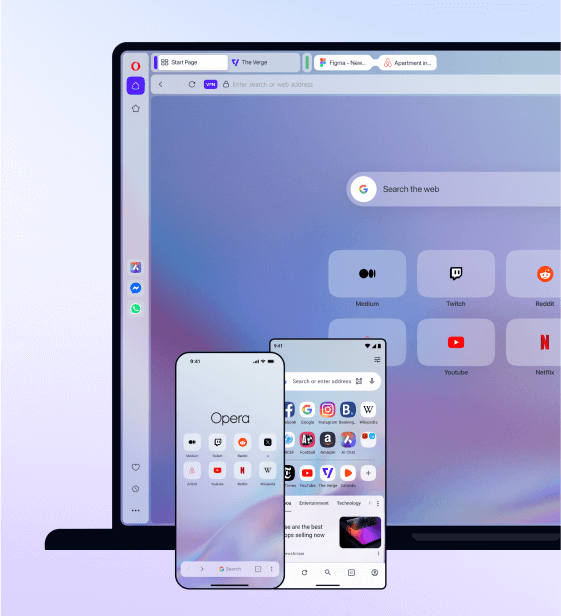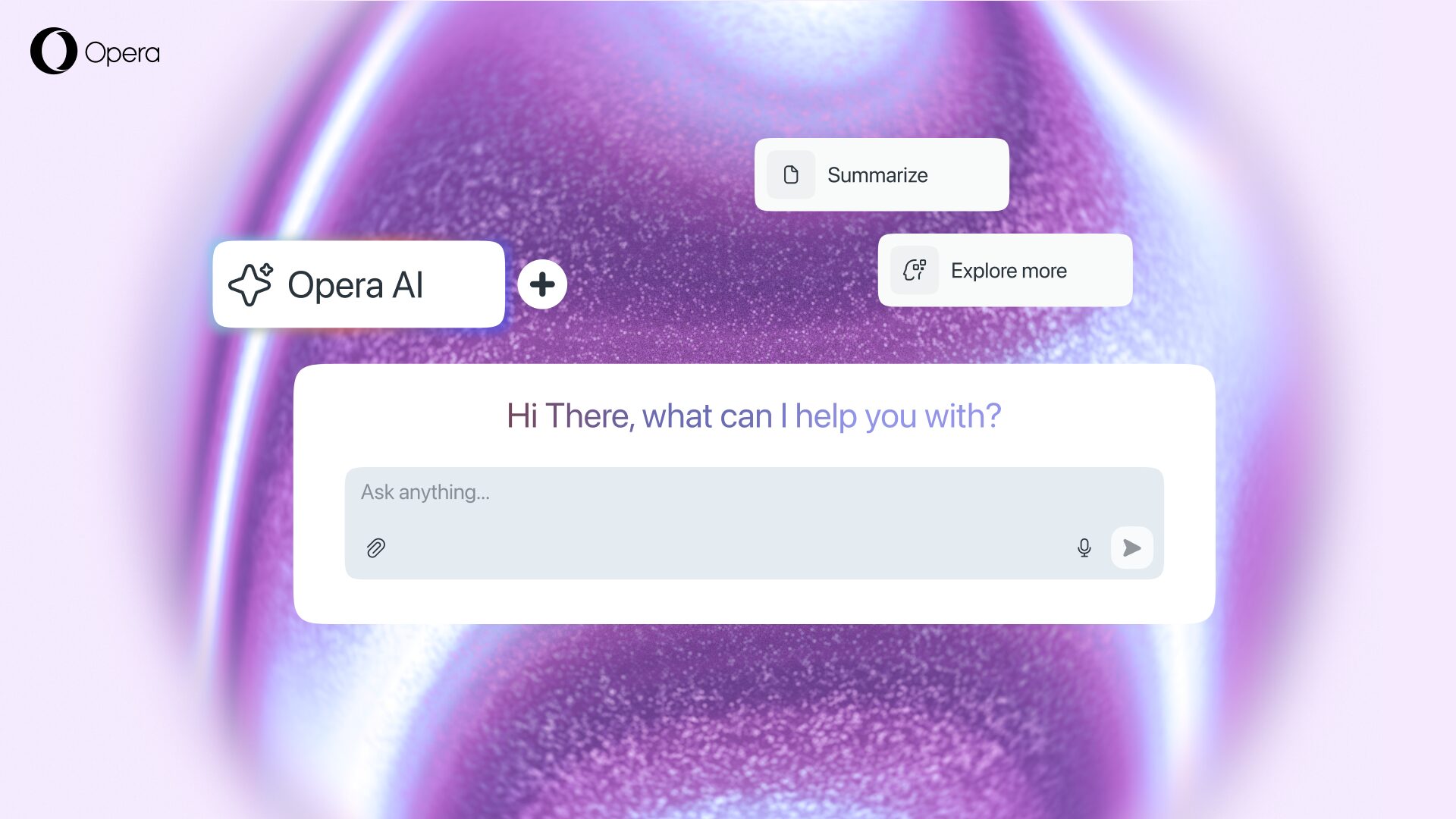2016 tech trends

This guest blog is compiled by strategy advisor Johan Brockfield. Johan is a team member in Making Waves, a strategy and digital consultancy company based in Oslo, Norway.
Where is technology going in 2016? We’ve read many trend reports, and here’s what we think these global trends might mean for the market and society.

1. Internet of Things: More units connected to the web, more user interface diversity
An increasing number of widgets are connected to the internet, and this trend will dominate 2016. You can call it Internet of Things (IoT) or you can just stand by and watch as the number of screen sizes explodes. As computing becomes cheaper and cheaper, we expect an ever-growing toolbox, with specialized tools and user scenarios appearing.
We use an iPad on the sofa, a mobile in the restroom, an ebook-reader in bed, a touch screen in our car and a watch on our arm. Some connected devices don’t even have a screen, such as the activity tracker Fitbit and these experiments from Amazon.
Companies are challenged by the continuous creation of new channels with new interfaces. Organizations should be designed to respond quickly, and the channels should not be silos.
2. We will have higher expectations for good feelings and experiences
When technology becomes good enough, we start caring about the feel of the product. The car industry has been working on this for years, perfecting the feeling – the weight, the sound, the impact – you get when closing the door of an expensive car. Apple has become the world’s most valuable company using the same strategy. Competing on functionality is a race to the bottom. However, if you can make your customers feel good, they will allow you to charge a substantially higher price. This rule applies not only to hardware, but also to software.
The transition from iOS 6 to iOS 7 two years ago proved that fashion is important also in digital interfaces. Suddenly many apps felt old. The more intimately we interact with a product – the closer it gets to our bodies – the more annoying are poor solutions. A slow watch app is more irritating than a laggy website. And remember, expectations are contagious. When you have experienced a nifty mobile service you will expect more from your next desktop interaction.
At best, a great user interface can give you the feeling of “direct manipulation”, the feeling that you are manipulating a physical object. However, this illusion falls apart when you have to wait for the computer or network. In 2016, experienced performance should have top priority. This requires that engineers and designers cooperate ever more closely.
Keep in mind that expectations from consumer life move into the office space.
Back in the day, we were expected to adapt to technology (ref. ECDL). Now, with Facebook, iPhone and computer games, we have learned that technology can be fun. Today, keeping your employees satisfied requires supplying them with professional tools on a par with the tools they use privately. Uber Driver (the app for the drivers) emphasizes user experience as much as Uber (the consumer app) does. IBM Mobile First for iOS is another example.
3. The quest for the next platform: voice control
Microsoft owned the mouse and windows. Apple and Google/Samsung own touchscreens. Who will own the next interface, voice control?
Both Google, Apple and Microsoft have invested heavily in voice control for years now, and it is becoming even more relevant now for two reasons:
-
- China: It is too cumbersome to write Chinese characters. The Chinese market is almost as large as the US market, meaning that things have to work in China.
- IoT: Small stuff that we want to connect to the web might not have enough space for a keypad at all. The Apple Watch is a good example.
We believe that voice control technology will constantly improve in 2016 and that we will see new services that are controlled solely by voice. However, we are not sure that voice recognition will work well enough for the Norwegian language in 2016. And we cannot promise that it will ever be socially acceptable to talk to your watch!
4. Improved search and machine learning
Big data has been a popular term since 2013. In 2016, machine learning is the buzzword. Both concepts rely on smart use of large amounts of data, especially information related to consumer behavior. Personalized services and intelligent marketing are the key concepts. The consequences of machine learning can turn out to be particularly interesting for search.
In late October it became clear that Google uses artificial intelligence to process search results, and that this system is already the third most important ranking factor in Google’s search algorithm. The system is called RankBrain, a machine learning system, which means that the system teaches itself rather than being controlled by engineers. RankBrain uses processed data to refine the search and to classify website content in a better way.
It is hard to say how significant RankBrain will become, but there are indications that RankBrain reinforces the semantic part of the algorithm that came with the Hummingbird update in 2013.
5. Virtual Reality to the people
Virtual Reality (VR) will reach the masses in 2016. Oculus Rift will finally be launched, early in the year. In the wake of Oculus there will be VR glasses from Sony, HTC, Samsung and Microsoft. Thus, 2016 will be the year when many a grown boy’s dream comes true. But we have no idea whether our customers are ready to order solutions for VR in the near future …
6. Meaningful transitions
With the introduction of Material Design, Android made a quantum leap that places the OS well ahead of design guidelines for iOS. One of the more interesting aspects that came with Material Design is the use of animations with meaning. Animations should not only create something “cool”, but also explain the hierarchy of content. When changing the order of items in a list or moving from one place to another, animations should display visual continuity and consistent choreography of content.
7. Smarter prototyping
Complexity increases in the digital solutions we make, and since animations are an increasingly important part of the user experience, prototyping is an increasingly important part of the development process. Printing out the sketches and hanging them on the wall is not enough anymore; we need to see how it all fits together, and especially how the product moves and behaves. We need smarter prototyping tools that make it easier for designers to explain the desired user experience to customers, users and developers.
Many companies are fighting to become the go-to tool, like Flintoe, Pixate, Principle and many more. Online services such as Marvel integrate advanced animation tools right in your browser, and inVision is probably close to launching something similar.
8. We solve the problems with ad blocking
In 2016, we hope to find better solutions to the issues with Adblock (inspired by this story).
Ad blocking is a headache for the ad-funded internet we are accustomed to. Media websites prompt us to turn off ad-blockers to “finance free journalism”, but it has not worked. The industry might be solving the wrong problem: Many people use ad-blockers not because they do not want to see ads, but because display advertising is becoming increasingly annoying, ruining the user experience and making the website slower. Flashing and/or rotating banners take the focus away from what we really want to read; pre-roll ads stop us from seeing the YouTube video we clicked.
Being tempted to give a random product attention when we really want to read the news can create negative brand associations. So, we believe that the media industry and advertisers will team up to find better solutions for advertising online – and that 2016 will be the year they manage to combine user experience with commercial interests.
9. Privacy becomes a competitive advantage
Many people use ad blocking to prevent their online activity from being tracked by Google & Co. In 2016, user-friendly handling of personal data will become a competitive advantage. Consumers, if they hand over their personal data at all, are becoming more aware of who is receiving it. Owning data is important, but choosing what not to collect and store will become an equally important strategic decision.
Customers will engage with, and spend money on, companies that take care of the customer, without being perceived as “big brother”. These companies handle data in a good way, effectively communicate their policies, and provide a customer experience that seems relevant and personal.
10. In short supply: competent digital purchasers
Digital transformation means that digital is going from being “a must have” to becoming a core business. Therefore, enterprises should no longer buy digital services as individual products, but rather develop their own organization to possess the right digital skills; and they should buy long-term partnerships. To get there, they need competent purchasers. We observe that the digital development moves faster than companies can employ purchasers with the right skills. Digital purchases will be affected also in 2016.
11. The sharing economy becomes important
We have always owned and shared things through cooperatives. Digital platforms provide new opportunities for efficient utilization of the things we own, but do not use all the time. Companies like Airbnb and Uber offer platforms where we own, borrow, lease and collaborate on products and services.
In Norway, Bilkollektivet has already existed for some years, buying cars that members share. New services like GoMore and Nabobil take sharing a step further and allow users to rent out their own vehicles – modeled on Airbnb’s business model for spare rooms and housing.
The threshold for establishing a new business has never been lower! Digital platforms make promoting and distributing services easier than ever, and, in a macro perspective, low interest rates and a surplus of world-leading engineers also make it easier to start a new company.
12. Major players challenge themselves (Norway)
The new sharing economy – including both international companies and Norwegian startups – will pose a threat to large, established players. In 2016, we see that many Norwegian companies and organizations will establish their own projects where the purpose is to develop disruptive new services challenging their own platforms and business models. NSB is already doing it with Tidr, DNB is doing it with Vipps, Finn has done it for a long time, and is now continuing with the mobile marketplace Shpock.
We are not going to continue to refer to Uber and Airbnb for another year without something happening. The established players are about to move. They will go from thinking and understanding to implementing. The changes will requires guts, resources and new management models.
Good luck in the New Year!
(This post was originally posted, in Norwegian, on Making Waves’ company blog.)
Johan Brockfield compiled the trend report for 2016 based on input from the following contributors: Paal Berggren, Geir Arne Brevik, Silje Gabrielsen, Martin Holm, Erik Jansson, Kristoffer Lindstad Kjølberg, Hege Line, Dave McInnes, Cathrine Movold, Marianne Otterdahl Møller and Marthe Øynes. Photo credit: Geir Arne Brevik/Making Waves.














